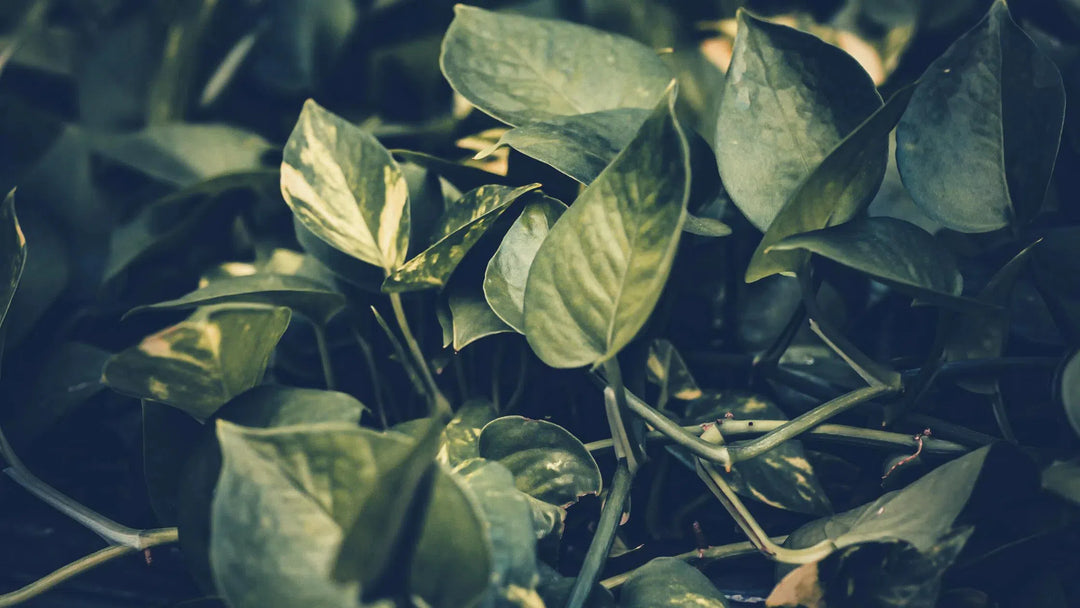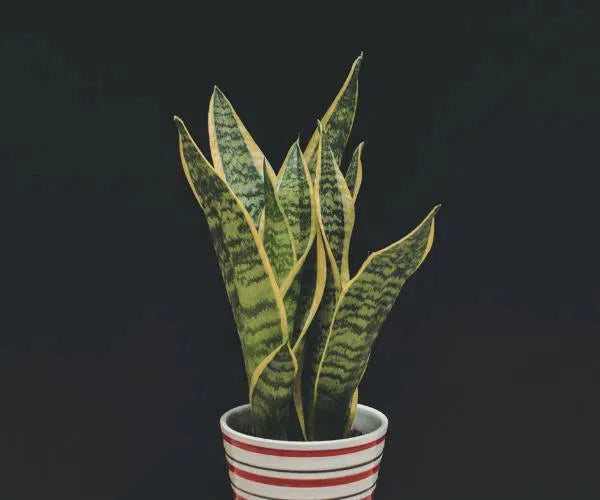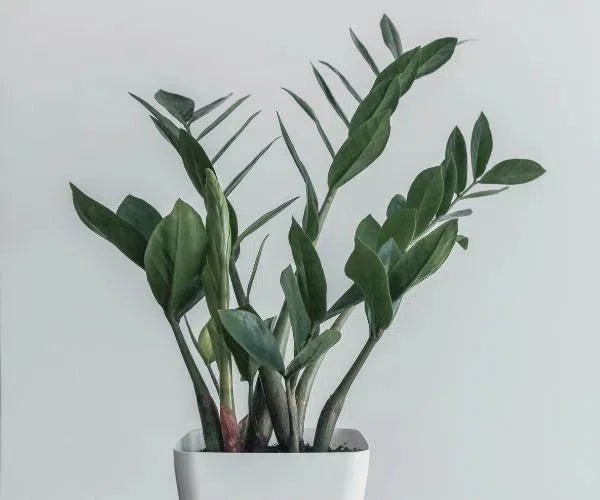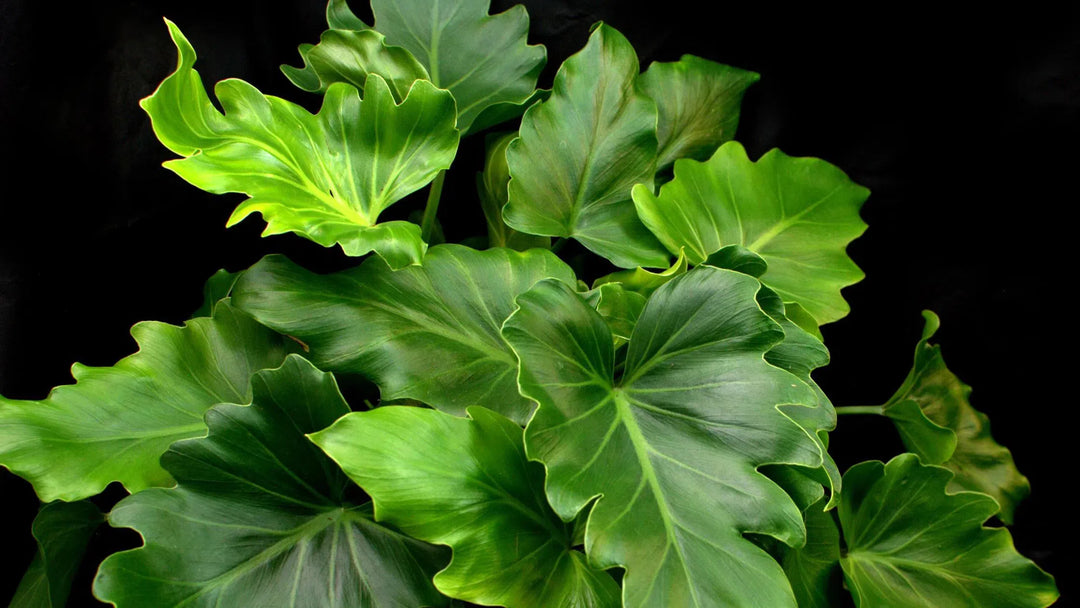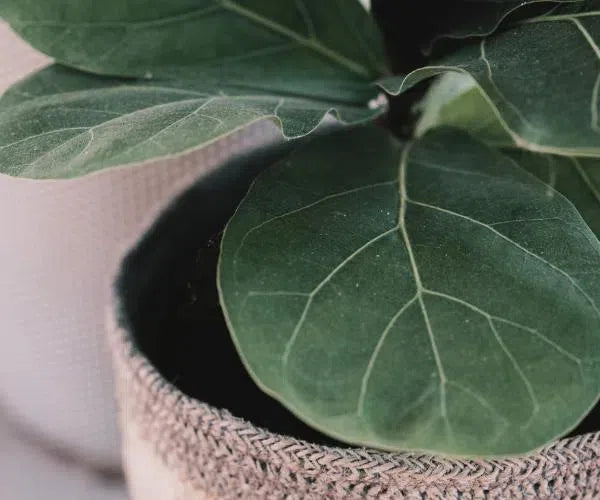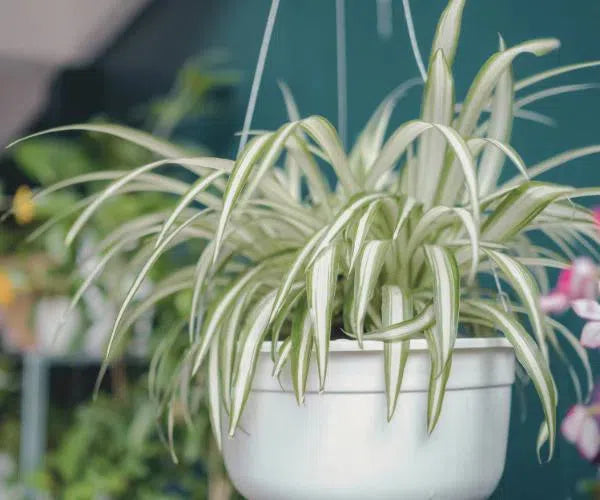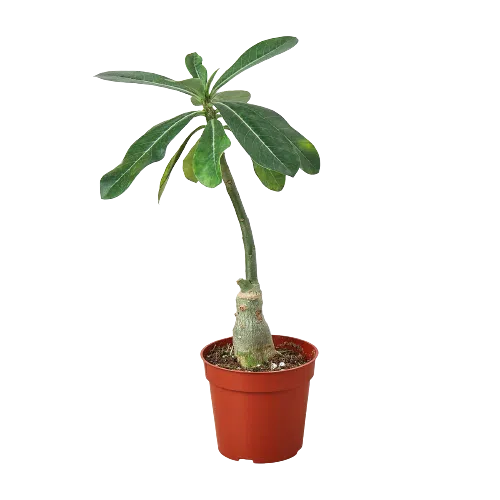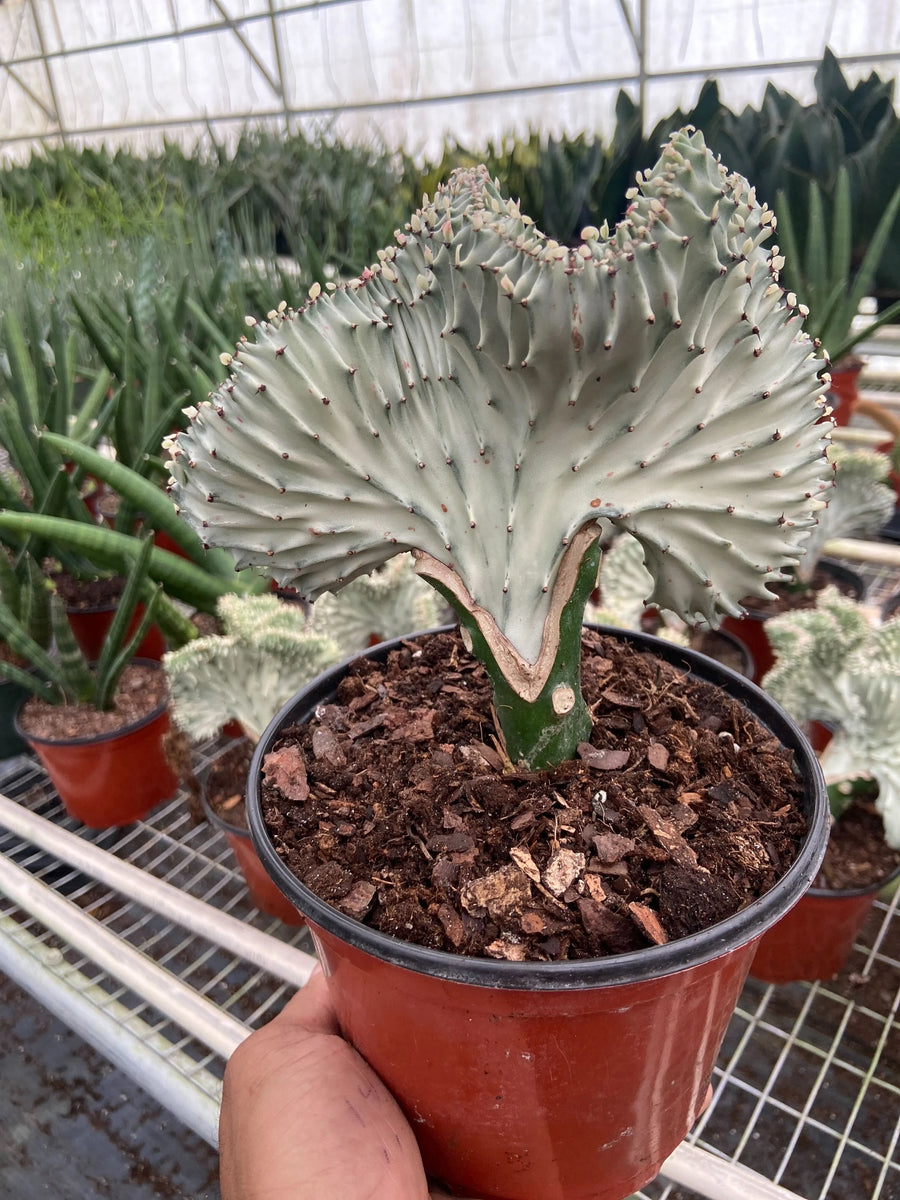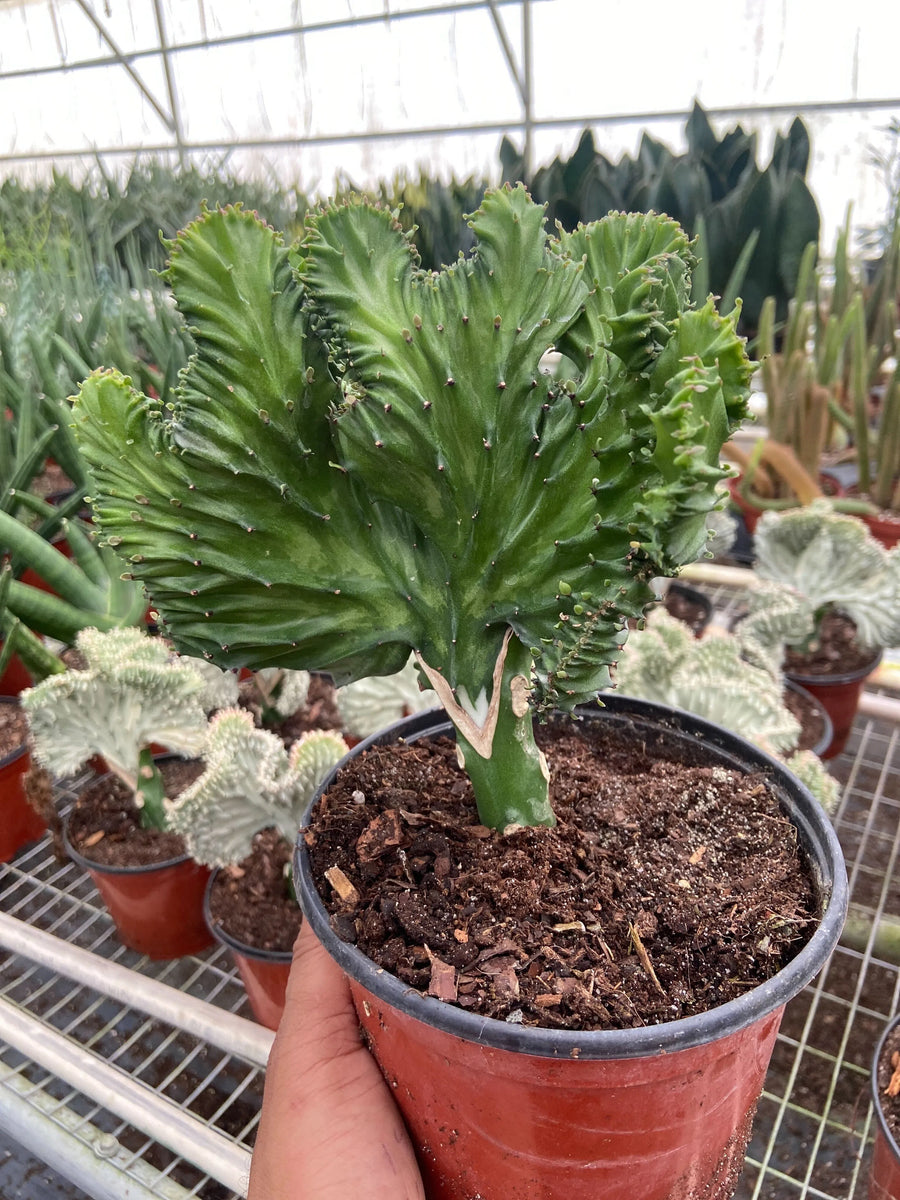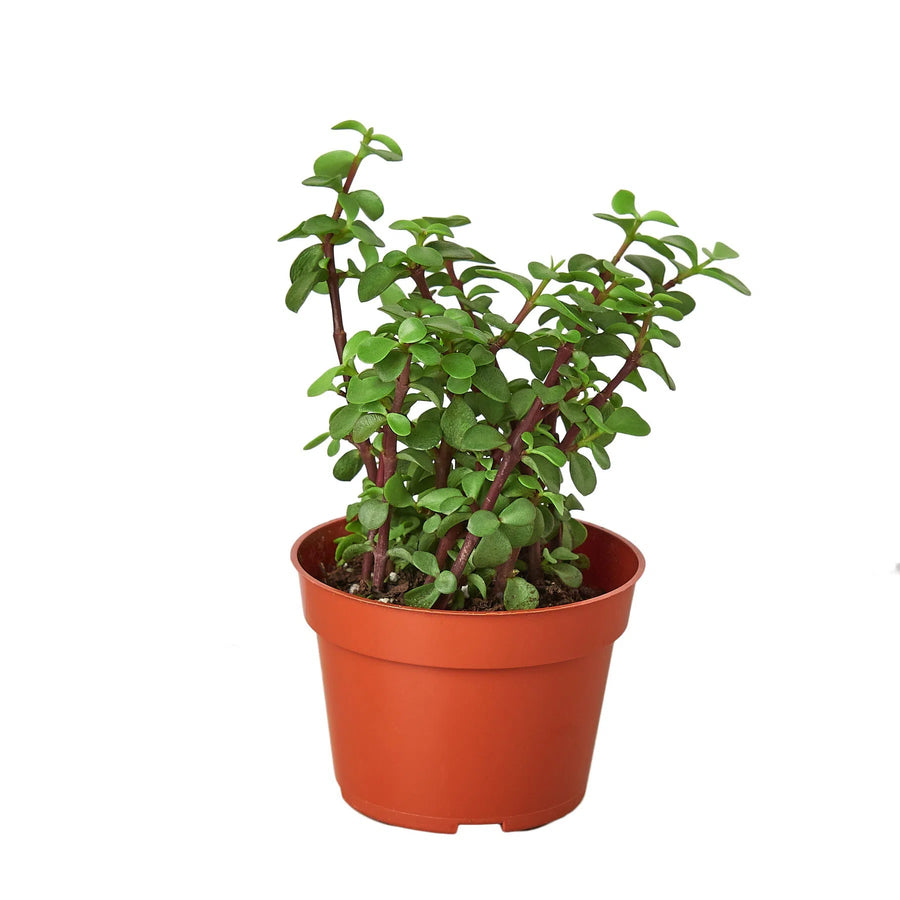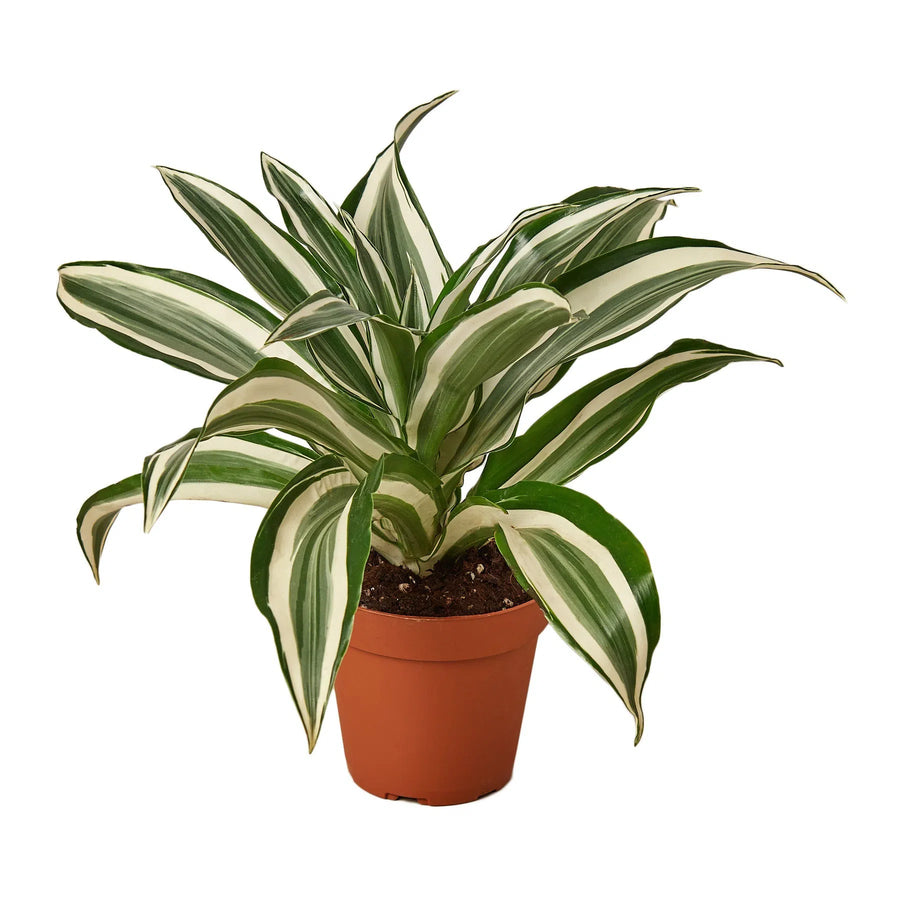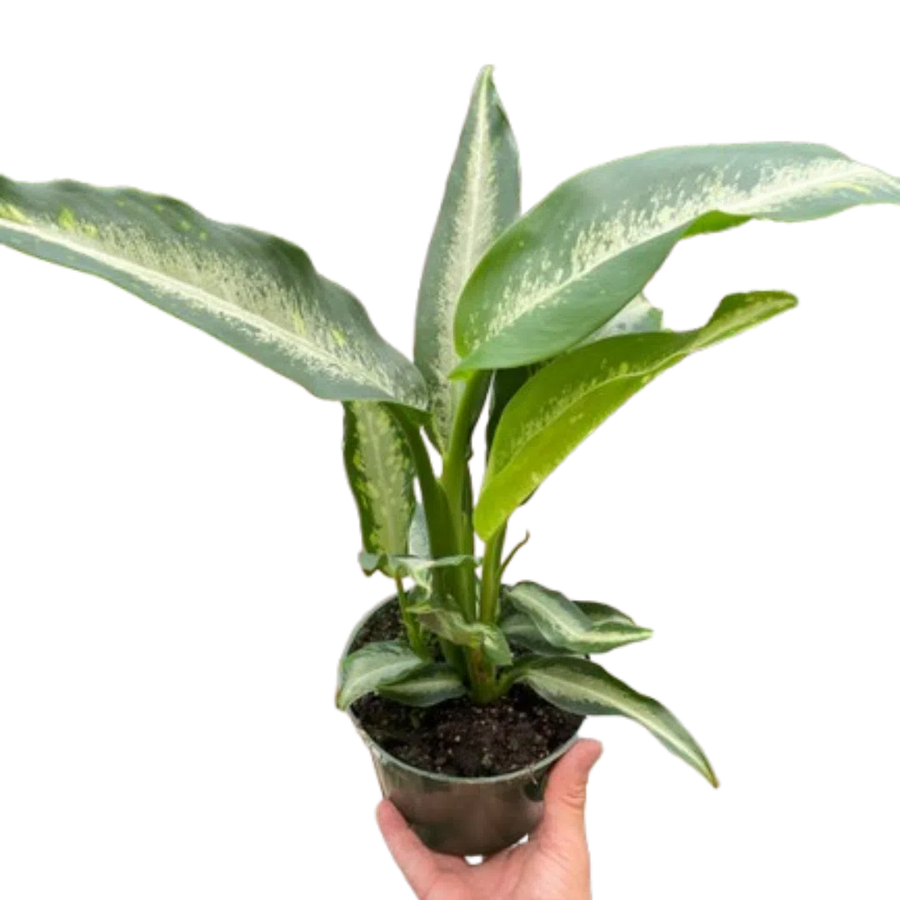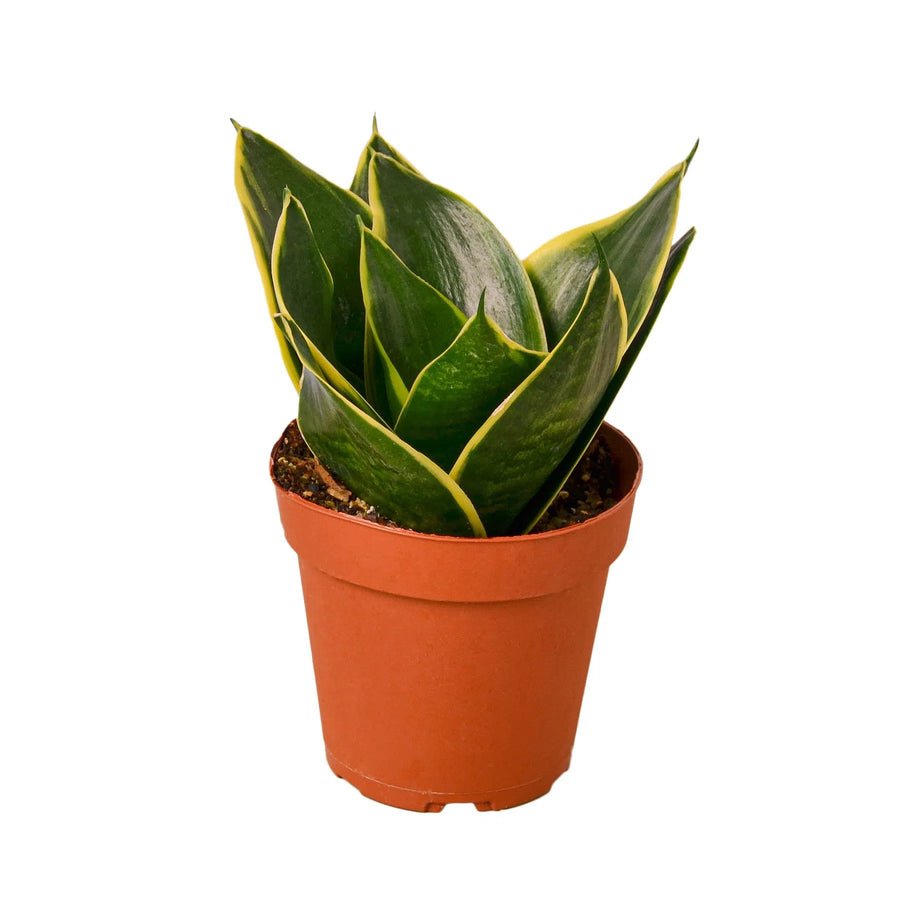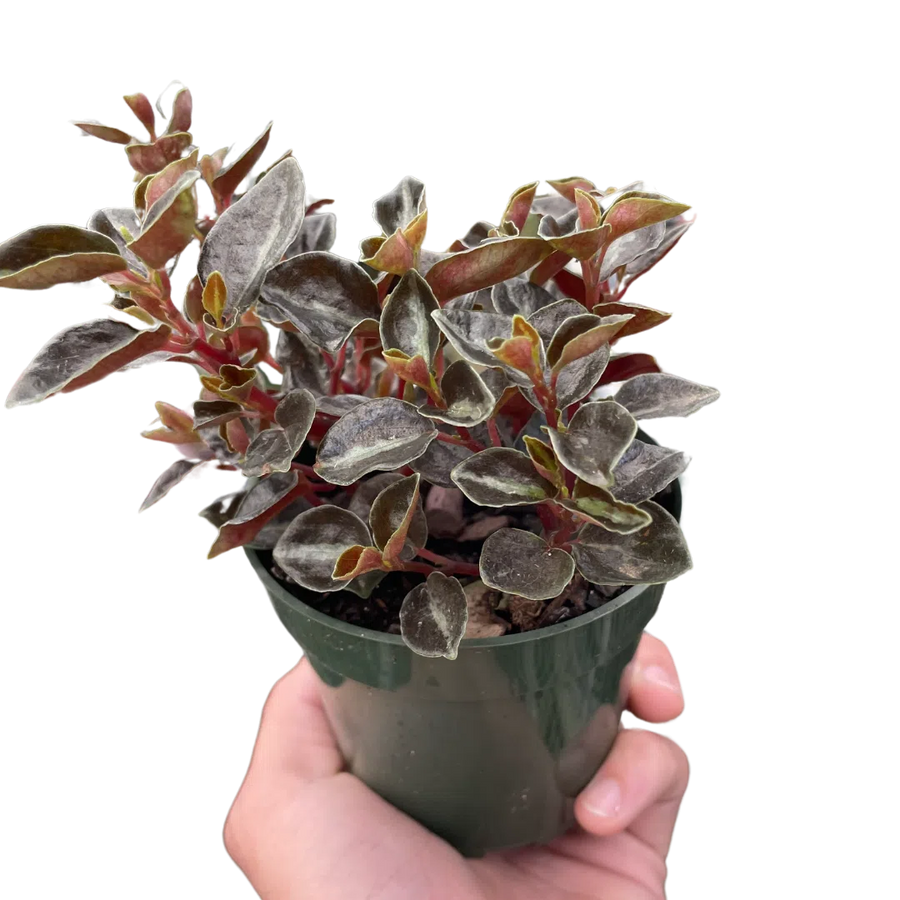As passionate plant enthusiasts, we understand that the journey to successful houseplant care is not always smooth sailing. It's essential to equip ourselves with the knowledge needed to address the common challenges that we may encounter along the way. With some observation and understanding, many issues can be swiftly resolved, allowing our green companions to thrive once more.
In this guide, we will explore the most frequent houseplant challenges, provide insights to identify these issues, and present effective solutions to restore your plants to health.
The Importance of Soil in Plant Health
Soil serves multiple functions that are critical for plant growth:
- Nutrient Supply: Soil acts as a reservoir for water and nutrients, allowing plants to access the essential elements they need, such as nitrogen, phosphorus, and potassium.
- Water Retention and Drainage: The right soil mix ensures that water is retained for plant uptake while also allowing excess water to drain away, preventing root rot and other moisture-related issues.
- Aeration: Proper soil also provides aeration to the root system, allowing roots to breathe and absorb nutrients effectively.
- Microbial Activity: Healthy soil is home to beneficial microbes that contribute to nutrient cycling and support plant health.





